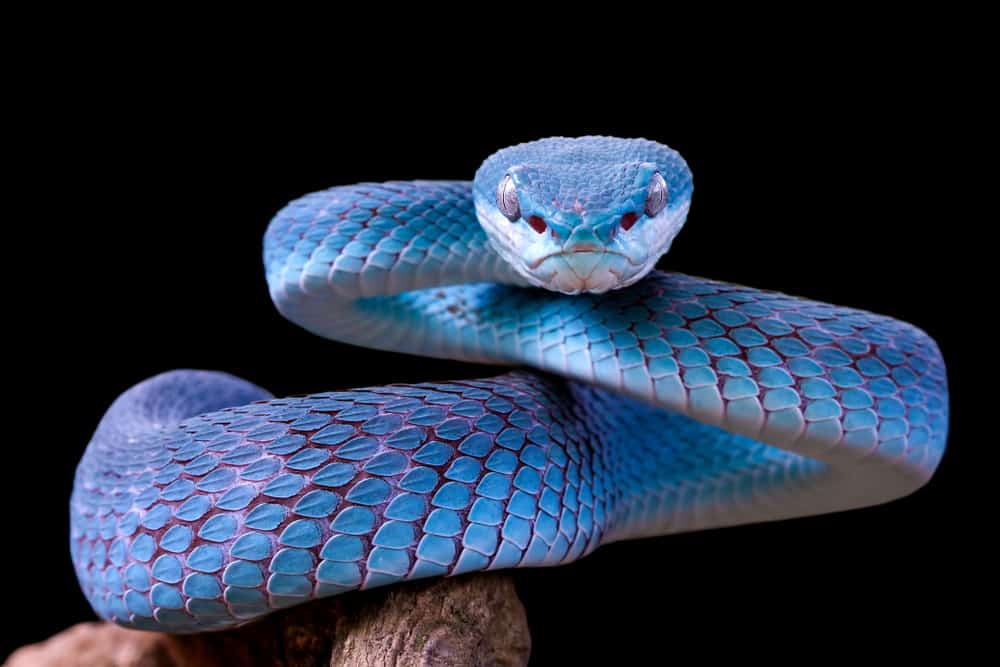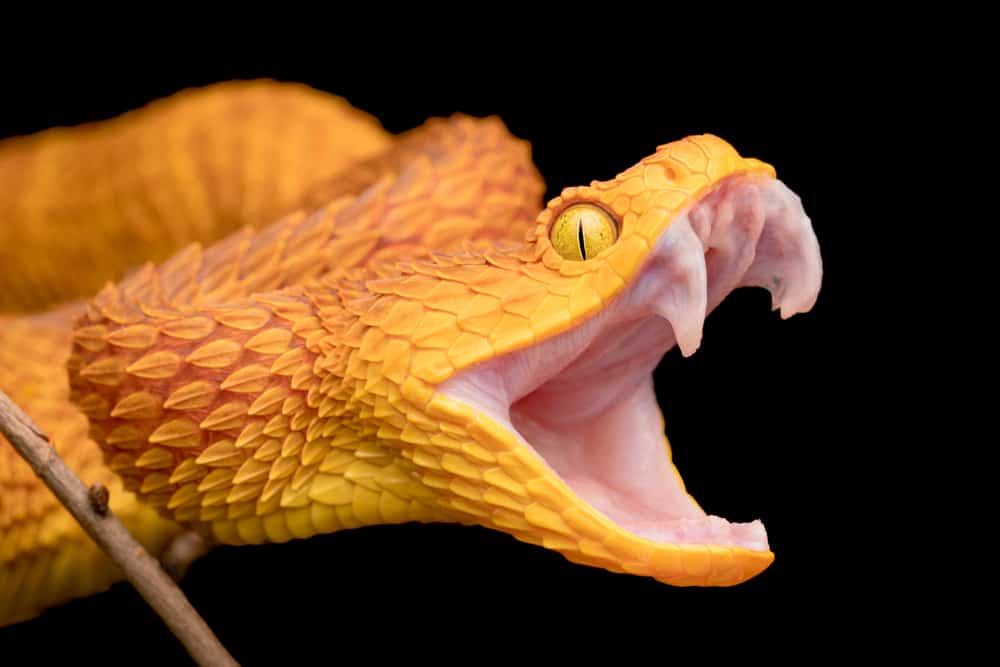
There are approximately 200 members of species that belong to the Viper (Viperidae) family. The Viper is a highly developed species; its sophisticated design is revealed in its fangs, scales, predatory tactics, habits, and behaviors resulting from progressive, evolutionary adaptation.
The Viper (Viperidae family) is divided into three subdivisions: Viperinae, Crotalinae, and Azemiopinae. The Viperinae is known as True Viper. Heat-detecting sacs distinguish Crotalinae or Pit Vipers from other Viperids. Azemiopinae is commonly known as Fea Vipers; it is the most primitive Viper.
The Viper is one of the most dangerous serpents across the globe. The lethal injection of its fangs carries highly advanced venom, the product of 60 million years of evolution. Viper bites result in many reported death cases per year.
Table of Contents
- Types of Vipers
- Conclusion
Types of Vipers
Numerous species belong to the Viperidae family; this is subdivided into Viperinae, Crotalinae, and Azemiopinae. They all share common characteristics and features that distinguish the Viperidae.
The Common Characteristics of the Viper

The Viper is so named as it is viviparous; vivi– living and parere– to beget; this means it gives birth to live young. Ovoviviparous describes the hatching of eggs within their bodies and birth live infants. They are the only species of snake to do this, although there are members that oviparous; this is to lay and hatch eggs.
Almost all vipers have vertical, or elliptical, slit-shaped pupils that vary in different sizes per species. Their vertically shaped pupils allow Vipers to detect the physical world on the light ray spectrum at a more extensive range.
The primary physical trait that hallmarks the Viper is its triangular head; this is relevant … Read the rest of the story.
No comments:
Post a Comment